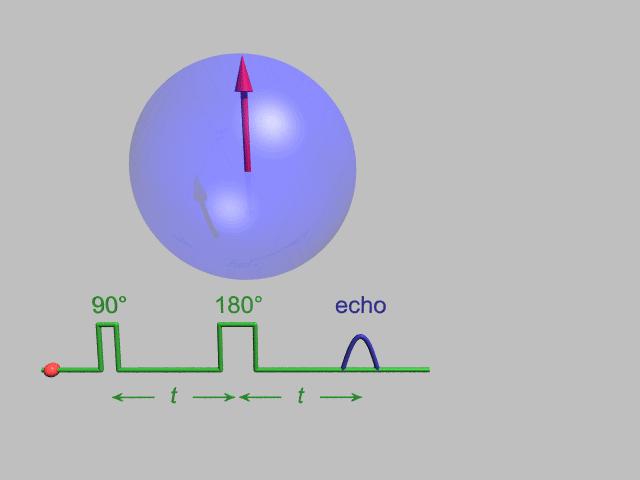
Comprising more than 800 members, GPCR is the largest transmembrane protein family (O'Hayre, Vazquez-Prado et al. 2013; Lv, Liu et al. 2016). They serve as gatekeepers, controlling transduction for a variety of physiological and pathogenic signals, and are involved in almost every aspect of signaling in the human body. It is therefore easy to imagine that any GPCR signaling dysfunction probably leads to a disease such as cancer, cardiac failure, neurological disease, Parkinson’s, obesity, etc. (Rask-Andersen, Masuram et al. 2014). Although only 5% of GPCRs have been subjected to drug discovery, they are already targeted by nearly 40% of FDA-approved medications (Lundstrom 2016). Though structure-based drug discovery has revolutionized conventional cell-based drug discovery, resulting in several GPCR agents already being advanced into clinical trials, the receptor activation process is dynamic, incorporating a course of continual conformational transitions that is impossible to capture in limited static structural snapshots. Furthermore, due to the intrinsic flexibility and plasticity of GPCRs, elucidation of their structures often requires particular thermo-stabilization processing to facilitate crystallization, including replacement of intracellular domain III (IL3) with a thermo-stabilized T4 lysozyme or BRIL protein (Rosenbaum, Cherezov et al. 2007; Liu, Chun et al. 2012), thermo-stabilized mutagenesis (Lebon, Warne et al. 2011), nanobody-assisted thermo-stabilization, or engineering the G protein (Carpenter and Tate 2017; Carpenter and Tate 2017; Nehme, Carpenter et al. 2017; Wan, Okashah et al. 2018). As a consequence of this processing, both structural heterogeneity and functional diversity of the receptor are diminished. NMR is a superb tool for investigating GPCR conformation, dynamics, and signaling without disrupting receptor integrity. It allows us to gain greater insight into receptor functionality through viewing the complete conformational energy landscape. Using NMR to study conformational transitions as functions of ligands could provide us with a potential avenue for biased drug discovery in line with ligands’ receptor conformational biases.
In our previous study, we were able to delineate the A2A adenosine receptor (A2AR) into four conformational states, including two inactive states and two active states (Ye, Van Eps et al. 2016), with the help of an optimized micro-electrostatically sensitive 19F NMR reporter (Manglik et al. 2015; Ye, Larda et al. 2015). Conformational transition and allosteric modulation were also investigated at the dissected conformational state level (Ye, Neale et al. 2018). Following this line of research, we would like to further push the frontier of receptor conformational transition research and thereafter apply these approaches to neurodegeneration- and cancer-related GPCRs with the aim of developing specific therapies. The ultimate goal is to develop a strategy for designing biased drugs with exclusive therapeutic effects and fewer side-effects.

